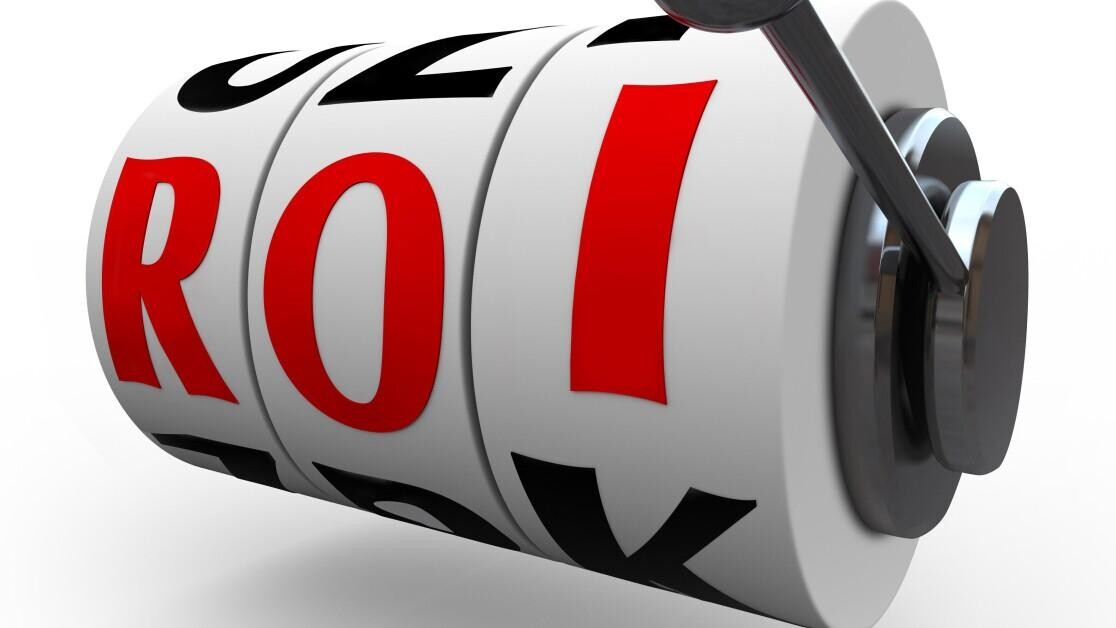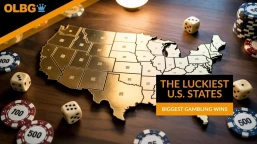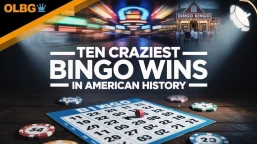
With 30+ years in racing and betting, Darren helps punters develop their skills. As OLBG’s Tipster boss and expert guide, he turns insight into winning strategy.
This is the second in a short series of blogs in which I plan to outline my broad strategy for betting.
In this instalment I will be looking at the lay side of the bet and will be focusing mostly on bookmakers.
You can read more about understanding bookmakers at the betting school.
A lot of what I say on this blog can be applied to layers on exchanges as well.
I will first offer the two basic strategies that bookies can use to decide the prices that backers are offered.
- Data and general information about the game can be analysed to decide the probability of the various outcomes happening.
- Prices based on these probabilities are then shortened slightly to give a margin.
The amount of money bet on certain events is used to decide the odds.
The bookmakers create a situation where a profit is made by them regardless of the outcome.
In practice, a bookmaker will usually use a combination of 1 and 2.
Taking Bets
Before he takes his first bet, the bookmaker can't use the amounts already bet to work out what odds to use, so he relies on his understanding of the risks involved to price up the match,
He then shortens the odds slightly to create a margin.

Once he takes his first bets he can then start to take into account the amount of money that is being put on each outcome and if one outcome is well supported he can shorten the odds accordingly.
The way that a bookmaker works is fairly straightforward in terms of psychology at least.
A good bookmaker unemotionally takes the action that will make him money on the betting market.
Unfortunately for many backers, they are not able to do this.
Firstly because they do not always have access to as much information as the bookies do,
Secondly because their judgement is either clouded by the fact that they either like or dislike certain teams or formed from taking in very limited amounts of information.
That many backers' judgement might be clouded, gives the opportunity for sensible backers to make money, even if a bookmaker is very well informed about the probabilities involved in a given game.
This is because if a bookie is using a mixture of methods 1 and 2, then there will be situations where the odds a bookie sets do not correspond to what he thinks will happen in a game.
Example
Imagine, for example, the Vietnamese team Miat Dunen are at home to the Uruguayan Champions Polo Rivel in the World Club Championship.
For the purposes of this example, we will imagine that the Bookie thinks the percentage chances are as follows.
- Miat Dunen Win 49%.
- Draw is 28%
- Polo Rivel Win 23%.
Accordingly, the bookmaker has set odds of
- Miat Dunen 1.84.
- Draw 3.21.
- Polo Rivel 3.91
This means that if the bets taken are in proportion to the chances of each event occurring, then he will make a profit of 10% of all the stakes he accepts.
However if the bets received are in a different proportion, the bookmaker may find that a particular outcome would mean a loss.
If the bets were split
- Miat Dunen 40%.
- Draw 19%.
- Polo Rivel 41%.
The bookie would find himself in a situation where a Polo Rivel win would mean a loss of 78%.
In this case, the bookmaker might change his odds, for example to
- Miat Duen 2.25.
- Draw 4.74.
- Polo Rivel 2.20.
This should have the effect of encouraging people to back Miat Dunen and the draw because of the bigger odds and not to back Polo Rivel because of the smaller odds
Even if the proportion stays the same it will mean that a new backer of Polo Rivel will receive a lower return than if they had backed the Uruguayans at the previous odds.
It is important to remember though, I am describing a change in the behaviour of backers, not a change in the chances of Polo Rivel winning.

The bookmaker could leave the odds the same, and he would still have a 77% chance of making a profit.
The bookmaker has changed his odds in an attempt to make a situation where he will make a profit regardless of the outcome.
In doing so, he has offered backers two opportunities to make money. It is now possible to back a team that has a 49% chance of winning, at odds that would suggest that they only had a 44% chance of winning.
Another way of looking at this is that the fair odds for the chance Miat Dunen have of winning would be 2.04, but a backer is able to get odds of 2.25.
It is also now possible to back the draw which has a 28% chance, at odds that suggest only a 21% chance, or at 4.74 instead of fair odds of 3.57.
Bookmaker Behaviour
This is an example of how a bookmaker can behave in a way that makes a situation better for him, but at the same time offers a punter a chance to make money.
The title of this blog is "Know your Enemy", the enemy in question being bookmakers, but this example shows that it isn't always the case that what is good for the bookmaker is always bad for the punter or vice versa.
The situation is better understood as a market rather than a competition between individual backers and layers.
Here the market has not worked, because more people have backed a side than should have done given their chances of winning.
The outcome of this is that the price has moved in a way that helps some punters and helps the bookie.
Next time I will look at the same market from the point of view of the backer, and hopefully, gain some insight into how a profit can be made by betting.
This is part of a series of blogs, read the
previous blog here and the next blog here.



